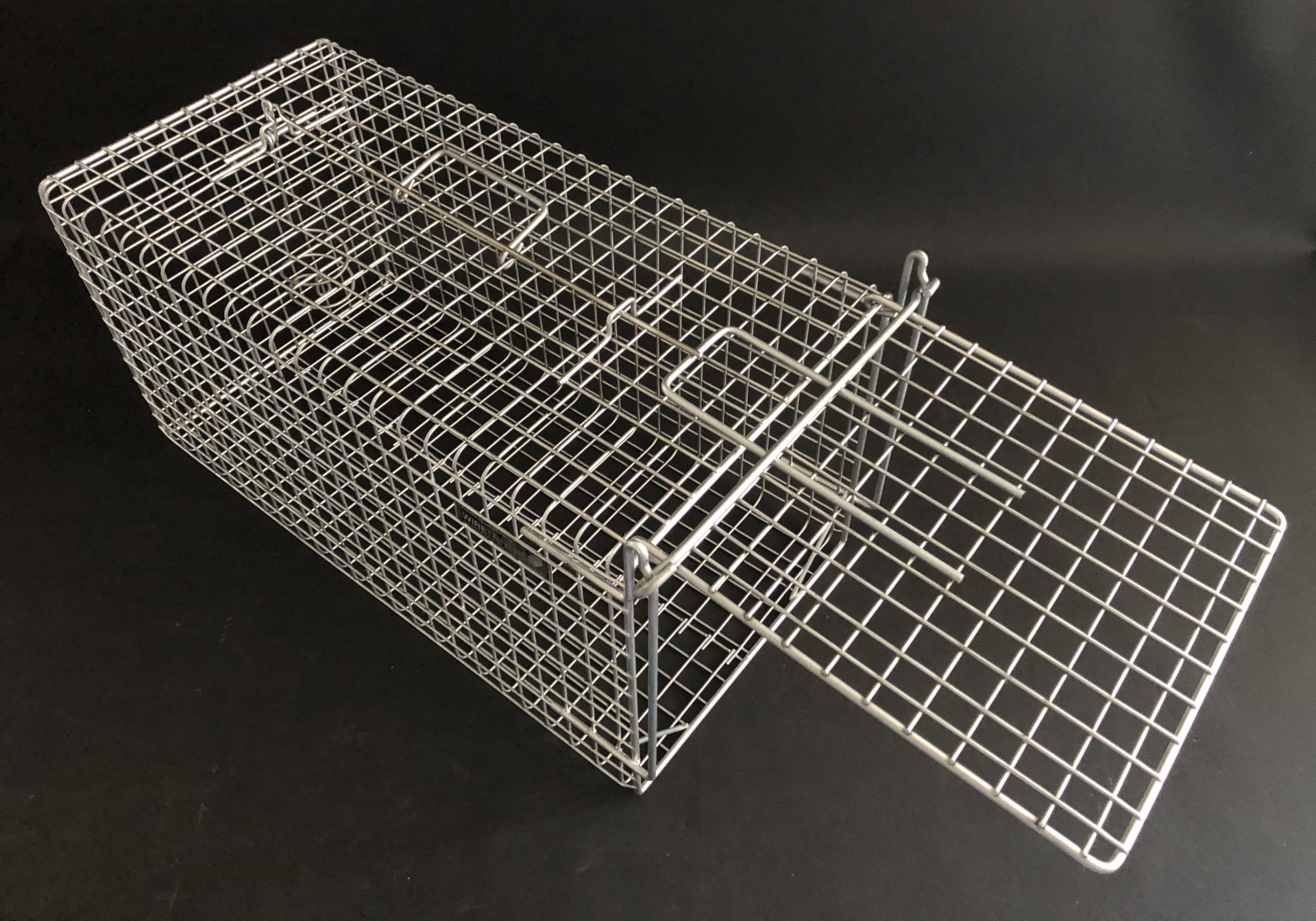Your Guide to Possum Traps
Possums, commonly mistaken for opossums, are small marsupials found in various regions worldwide. While they play an essential role in the ecosystem, these critters can become a nuisance when they venture into residential areas, causing property damage and posing health risks. As a responsible homeowner or property manager, you may need to consider using possum traps to safely and humanely capture these creatures. In this comprehensive guide, we will discuss everything you need to know about possum traps and how to choose the best one for your needs.
Types of Possum Traps
When it comes to possum control, there are various types of traps available in the market, each with its advantages and drawbacks. The most common types of possum traps include:
Live Cage Traps

Live cage possum traps are a popular and humane option for capturing possums without causing them harm. These traps feature a one-way door mechanism that closes when the possum enters the cage to access the bait. Live cage traps are available in different sizes and materials, such as galvanized steel or aluminum.
One-Way Door Exclusion Traps

One-way door exclusion traps are designed to be mounted over the entry point used by the possum, such as a hole or vent. These traps allow the possum to exit the space but prevent them from re-entering. One-way door exclusion traps are ideal for situations where the possum has already nested in an attic or crawlspace.
Choosing the Right Possum Trap
Selecting the most suitable possum trap for your situation depends on several factors, including:
- Trap size: Ensure the trap is appropriately sized for the possums in your area. A trap that is too small may not be effective, while a trap that is too large may not be sensitive enough to trigger when the possum enters.
- Trap material: Choose a trap made of durable and rust-resistant materials, such as galvanized steel or aluminum, to ensure it lasts for multiple uses.
- Ease of use: Opt for a trap that is easy to set up and operate, even for those with limited experience in wildlife control.
- Humane design: Select a trap that prioritizes the safety and wellbeing of the captured possum, such as live cage traps or one-way door exclusion traps.
Baiting and Placing Possum Traps

To increase the chances of successfully capturing a possum, consider the following tips for baiting and placing your trap:
- Bait choice: Possums are attracted to a variety of food sources, including fruits, vegetables, and pet food. Some effective bait options include apples, bananas, or even marshmallows.
- Trap placement: Position the trap near the possum’s entry point or along their travel routes. Look for signs of possum activity, such as tracks, droppings, or damaged areas.
- Camouflage: Camouflaging the trap with leaves, branches, or other natural materials can make it more enticing for possums to enter.
- Check regularly: Once the trap is set, ensure you check it regularly, at least once or twice a day, to promptly release any captured possums and minimize their stress.
Relocating and Preventing Possums
After successfully trapping a possum, it’s essential to follow local regulations regarding their release or relocation. In many cases, this involves transporting the possum to a suitable location away from residential areas. Once the possum has been removed, take preventative measures to avoid future possum intrusions, such as:
- Seal entry points: Inspect your property for any holes or gaps that possums could use to enter and seal them with durable materials like hardware cloth or metal flashing.
- Remove food sources: Keep pet food indoors, secure garbage cans with tight-fitting lids, and clean up fallen fruits or vegetables from your yard to reduce the attraction of possums.
- Trim overhanging branches: Possums are skilled climbers and may use tree branches to access your roof or attic. Trim any overhanging branches to create a barrier between trees and your property.
Rabbit Traps & Pigeon Traps

When it comes to humanely managing the presence of rabbits and pigeons on your property, finding the right traps is essential. ACES offers a wide range of high-quality rabbit traps and pigeon traps designed to safely and effectively capture these animals without causing harm. Our selection includes various trap sizes and styles to suit your specific needs, ensuring successful wildlife control in any situation. Explore our extensive collection today and experience the difference our premium traps can make in your wildlife control efforts.
Conclusion
In conclusion, managing possum intrusions requires a thoughtful approach that prioritizes humane methods and effective prevention strategies. By selecting the right possum trap, using appropriate bait, and ensuring regular monitoring, you can safely and humanely capture and relocate possums from your property.
Additionally, taking preventative measures will help to keep these creatures from returning. By following the guidelines outlined in this guide, you can effectively address possum issues and maintain a peaceful, possum-free environment around your home or property.
